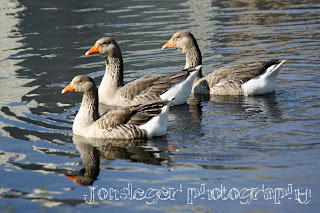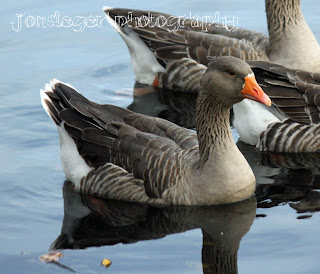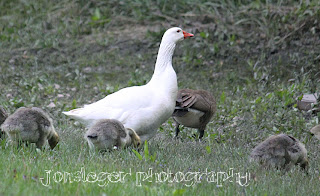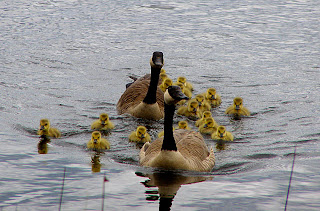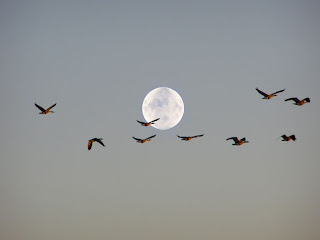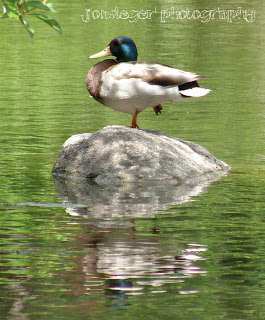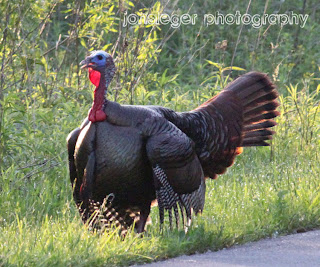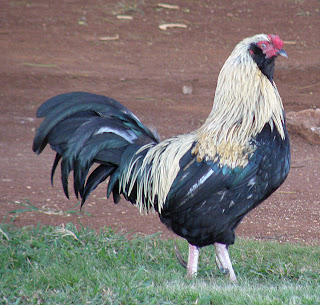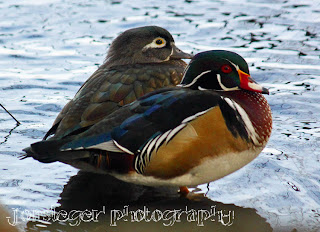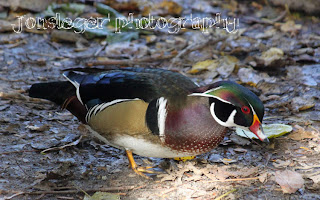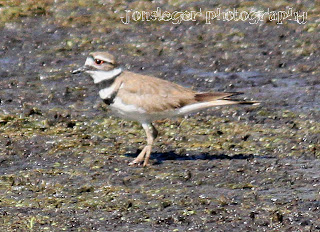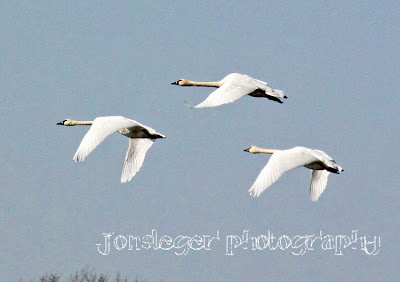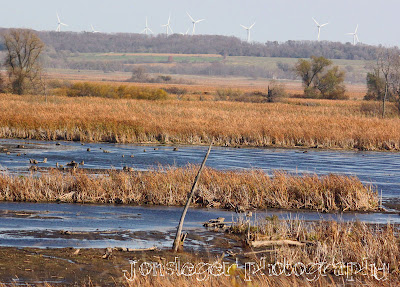 |
| Horicon Marsh National Wildlife Refuge, Horicon, Wisconsin; 10-16-10 |
A couple of weeks ago Val and I spent a few hours hiking around the trails at Horicon Marsh National Wildlife Refuge
http://www.fws.gov/midwest/horicon/ near Horicon, Wisconsin - less than a two hour drive north of the Illinois Border. This refuge is a very important hub for thousands of Canada Geese and other waterfowl flying south for the winter or north in the spring. Other than Geese, over 220 bird species along with white-tailed deer, red fox, river otters, muskrats, snapping turtles, garter snakes, and other animals call the Marsh home.
In our 4 to 5 hour hike, we saw hundreds of birds (mostly Canada Geese and Mallard Ducks) of which we identified no less than 30 species, as well as muskrats, squirrels, chipmunks, and several types of turtles. The following is the list of birds we identified:
Sparrows: Savannah, Song, White-crowned, American Tree, Dark-eyed Slate-colored Juncos
Wading Birds: Sandhill Cranes, Great Egrets
Shorebirds: Lesser Yellowlegs*, Killdeer, Least Sandpiper, Ring-billed Gull (and others I couldn't identify)
Swimming Birds: Mallards, Canada Geese, Pied-billed Grebe, American Coots, Green-winged Teals*, Tundra Swans* (and I'm sure others that were too far away to identify or because of my lack of knowledge).
Scavanger Birds: American Crows, European Starlings, Brown-headed Cowbirds.
Tree Clinging Birds: Downy Woodpecker, White-breasted Nuthatch, Red-breasted Nuthatch, Black-capped Chickdees, Northern Flicker.
Perching Birds: Hermit Thrush, Goldfinches, American Robins, Northern Cardinal, Blue Jay
Other: Ring-necked Pheasant, Mourning Doves.
*The birds I marked with an asterik were new sightings for me (#'s 217, 218 and 219 on my "Life List").
In the next few weekends, I will highlight some of the birds that I managed to photograph there, but for today I'd like to show off how beautiful Horicon Marsh National Wildlife Refuge is!
 |
| Cattails on the Marsh; 10-16-10. |
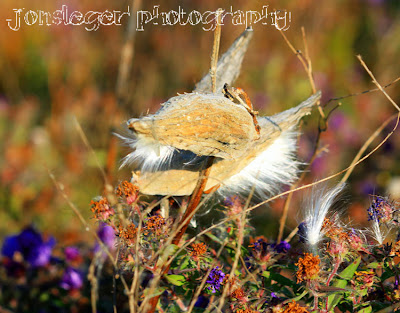 |
| A cattail that looks like a fox head; 10-16-10 |
 |
| Horicon Marsh is the largest fresh water Cattail Marsh in the United States - over 32,000 acres: 10-16-10. |
 |
| Grass turning a menagerie of Autumn colors: 10-16-10. |
 |
| A floating boardwalk to let hikers get closer to the waterfowl out in the marsh: 10-16-10. |






